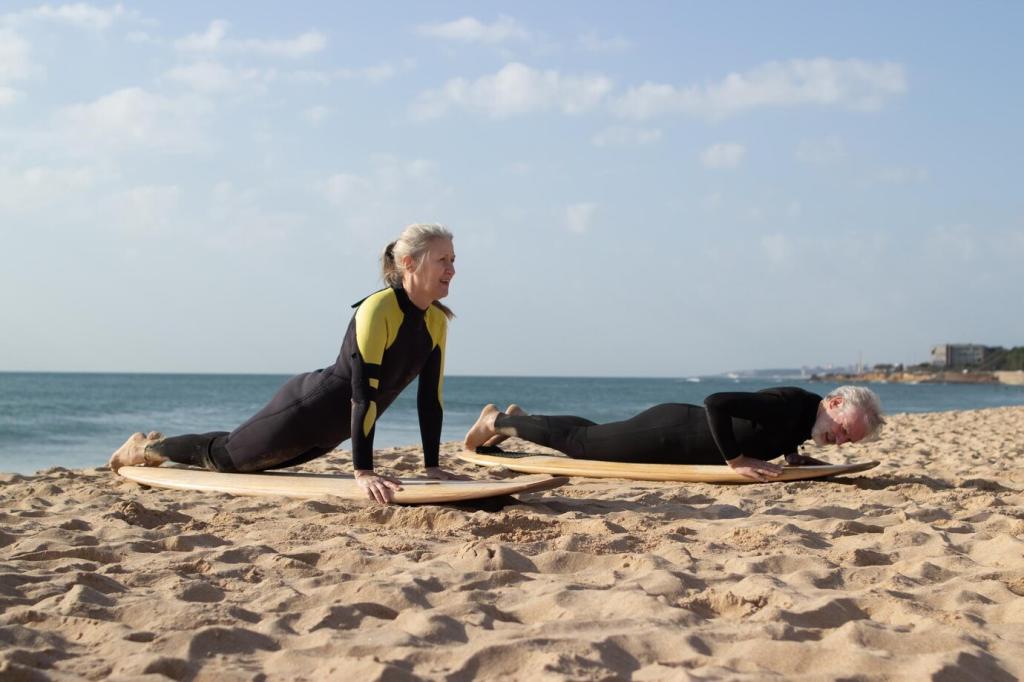Crafting Relaxation Retreat Programs for Seniors
Designing relaxation retreat programs for seniors involves blending comfort, holistic well-being, and purposeful activities. Such retreats aim to restore harmony in mind and body while promoting social engagement and lifelong vitality. By carefully curating the environment, activities, and support, organizers can create meaningful experiences that nurture each senior’s unique needs. Optimal relaxation retreats recognize the shifting preferences of older adults and empower them to thrive through gentle routines, mindful recreation, and community connection.
Creating the Perfect Setting
Harmonious Environments
Choosing the right location is fundamental to the retreat experience. Seniors often benefit from peaceful, scenic areas that encourage mindfulness and reflection—places with soothing sounds of nature, fresh air, and gentle landscapes. Attention to accessible pathways, comfortable seating areas, and calming decor allows participants to move freely and rest as needed. The right ambience—a blend of tasteful design and thoughtful amenities—sets the tone for relaxation and rejuvenation, ensuring that every guest feels cared for and at home during their stay.
Safety and Comfort Prioritized
It is essential to address the varied physical needs of seniors, from mobility support to sensory considerations. Barrier-free spaces, proper lighting, soft furnishings, and accessible bathroom facilities contribute to both safety and comfort. Comprehensive accessibility enables seniors to engage in all activities confidently. In addition, trained staff should be present to offer assistance when necessary, creating an environment where guests feel secure and respected, fostering the peace of mind needed to fully benefit from the retreat.
Community Spaces That Foster Connection
Social interaction plays a crucial role in nurturing emotional well-being among seniors. Common areas designed for conversation, games, and group activities should promote connection while balancing privacy and quiet when desired. Thoughtfully planned lounges, gardens, or patios become gathering spots for residents to build friendships and share experiences. By integrating flexible communal spaces into the retreat layout, organizers create opportunities for spontaneous interaction or quiet reflection, tailored to each participant’s preference.
Curating Mindful Activities
Physical activity is vital for maintaining flexibility, strength, and overall health, particularly for older adults. Programs may feature low-impact exercises such as yoga, tai chi, or aquatic aerobics that are gentle yet effective for a range of fitness levels. Instructors skilled in senior fitness adapt routines to individual abilities, ensuring everyone can participate comfortably. These sessions not only support physical health but also release stress and promote a sense of well-being, as each participant experiences movement in a supportive, non-competitive atmosphere.
Personalizing Wellness Support
A personalized approach begins with understanding each participant’s history, preferences, and health considerations. Intake interviews or wellness consultations allow coordinators to design programs that accommodate dietary needs, mobility levels, or ongoing healthcare requirements. This attentive planning reassures guests that their well-being matters and enables staff to anticipate and address any concerns. Providing such individualized attention ensures that all activities and amenities suit the varied backgrounds and abilities of retreat participants.

